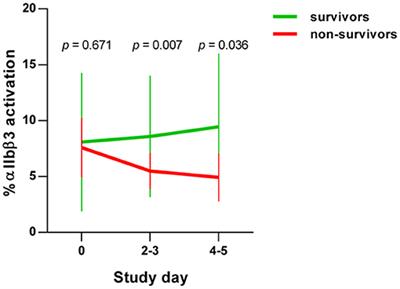EDITORIAL
Published on 26 May 2022
Editorial: Platelet Function in COVID-19
doi 10.3389/fcvm.2022.912472
- 1,016 views
- 1 citation
6,509
Total downloads
23k
Total views and downloads
EDITORIAL
Published on 26 May 2022
ORIGINAL RESEARCH
Published on 11 Mar 2022
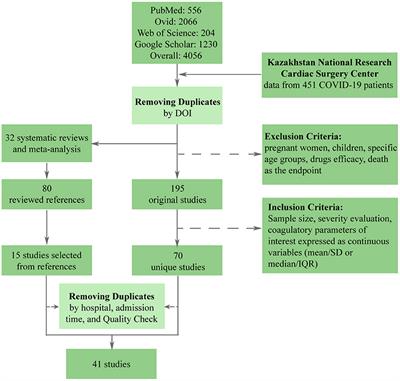
ORIGINAL RESEARCH
Published on 24 Jan 2022
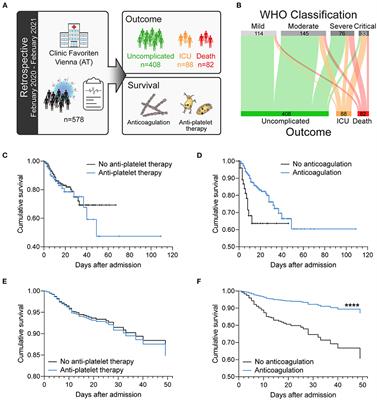
REVIEW
Published on 17 Dec 2021
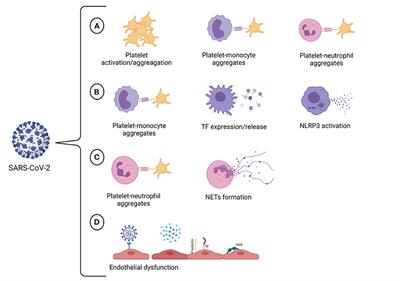
ORIGINAL RESEARCH
Published on 10 Dec 2021
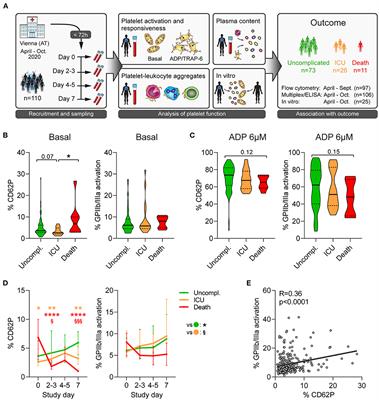
ORIGINAL RESEARCH
Published on 11 Nov 2021
